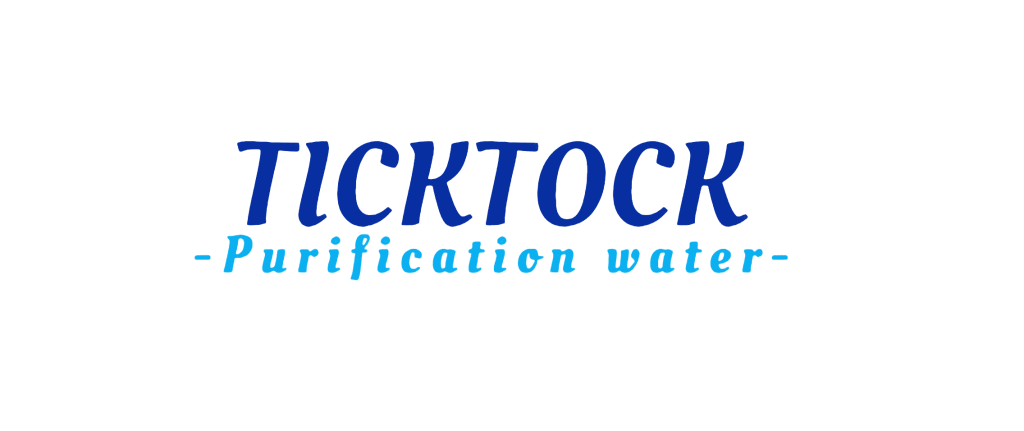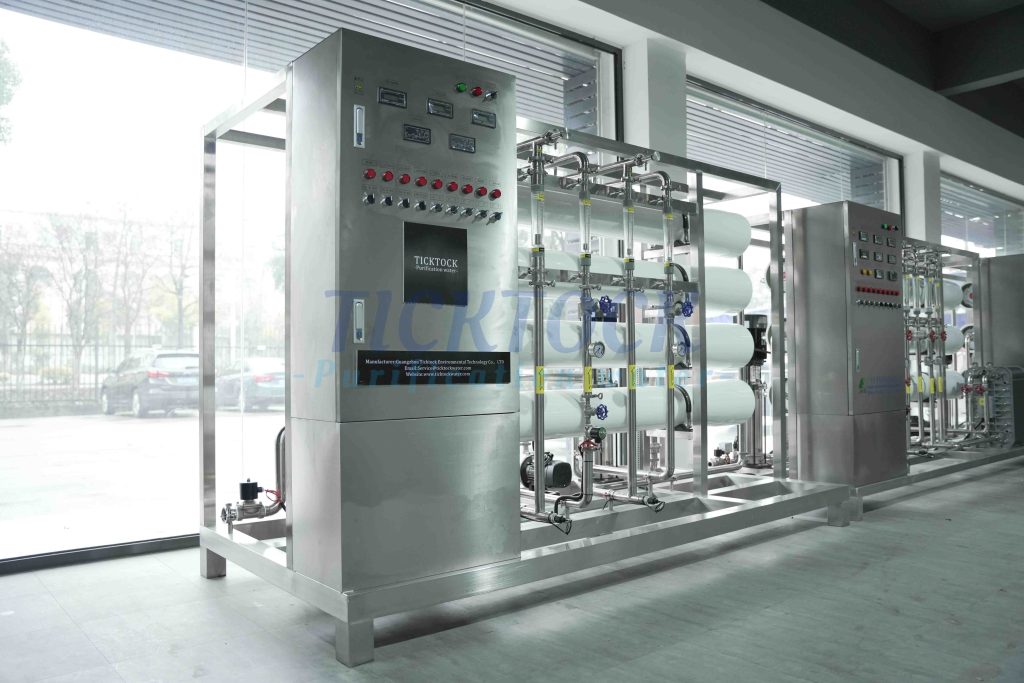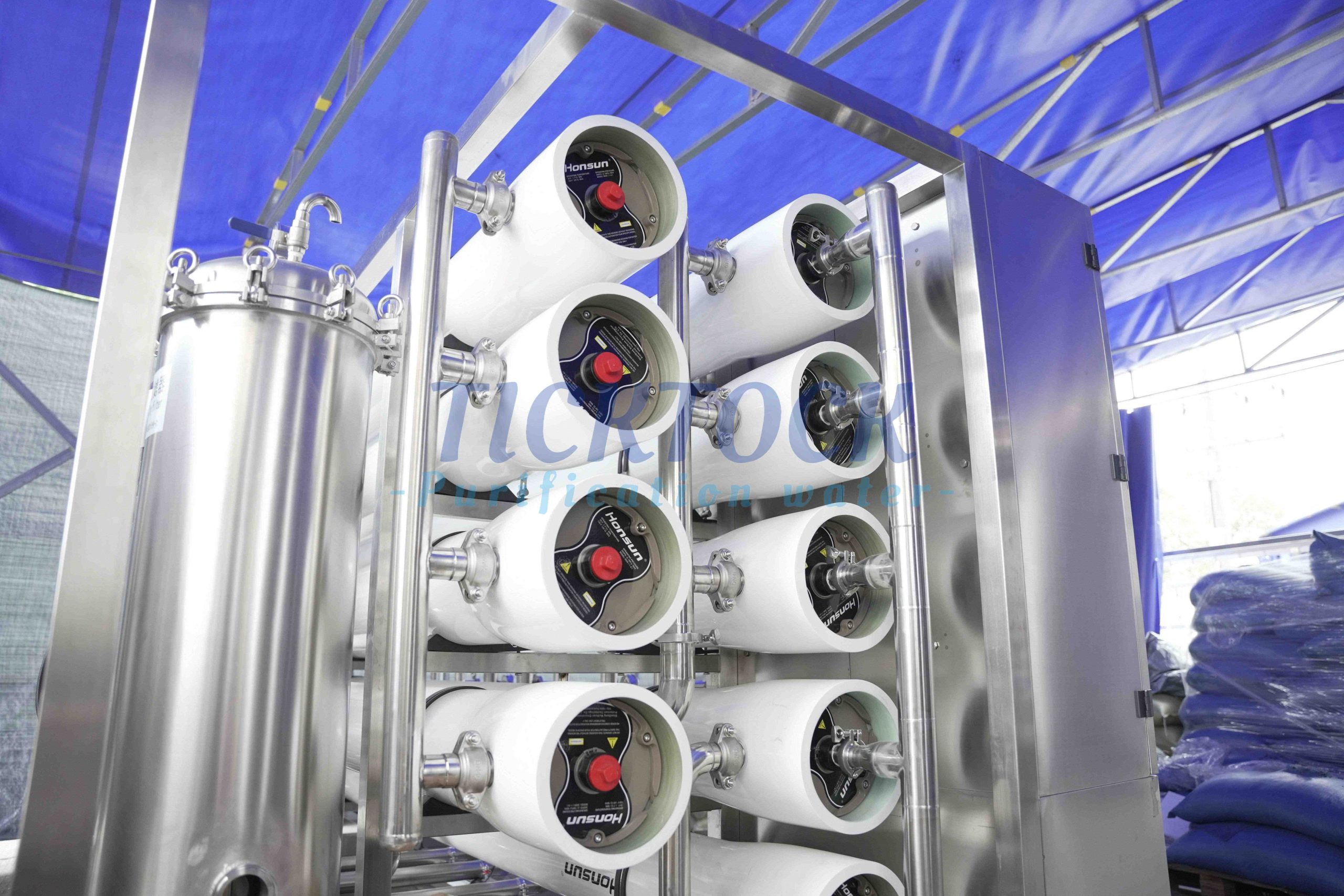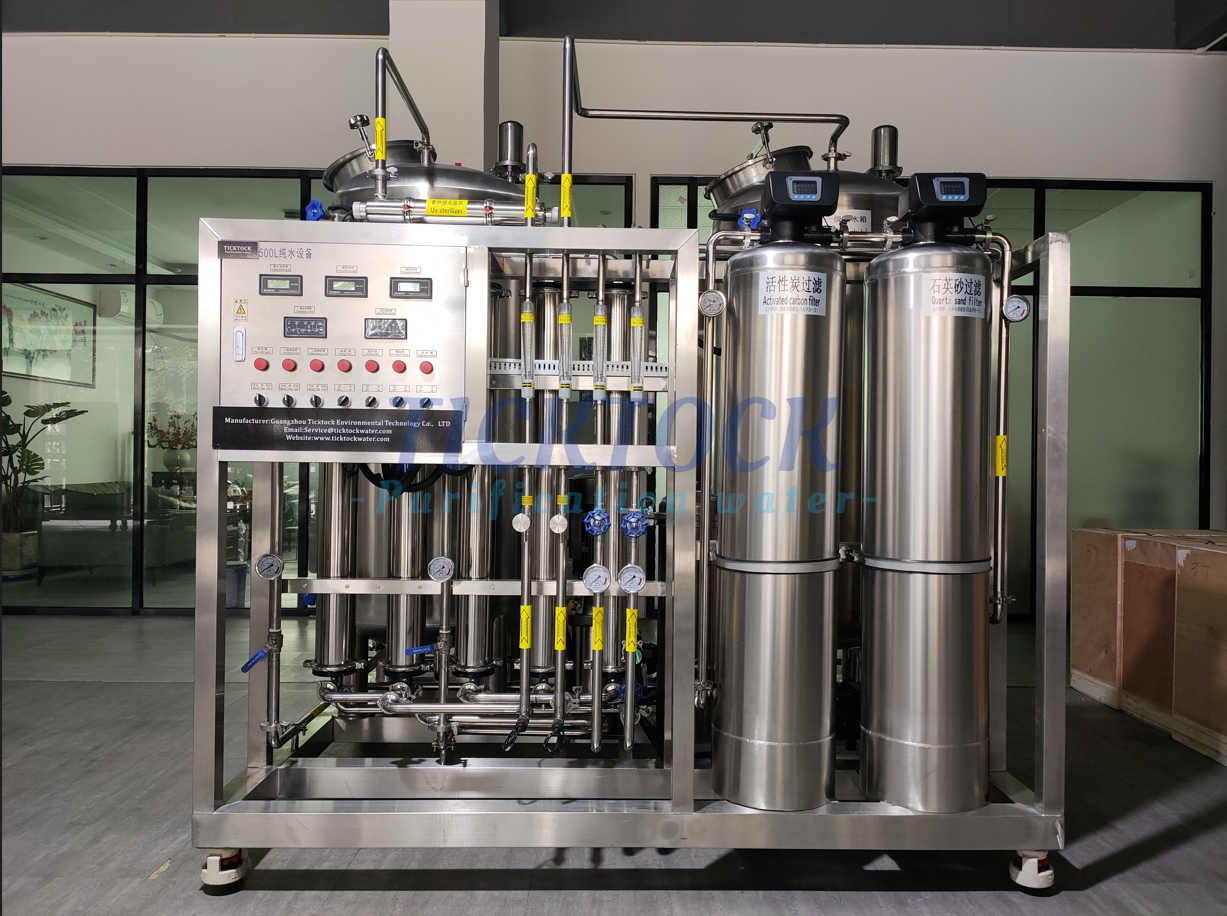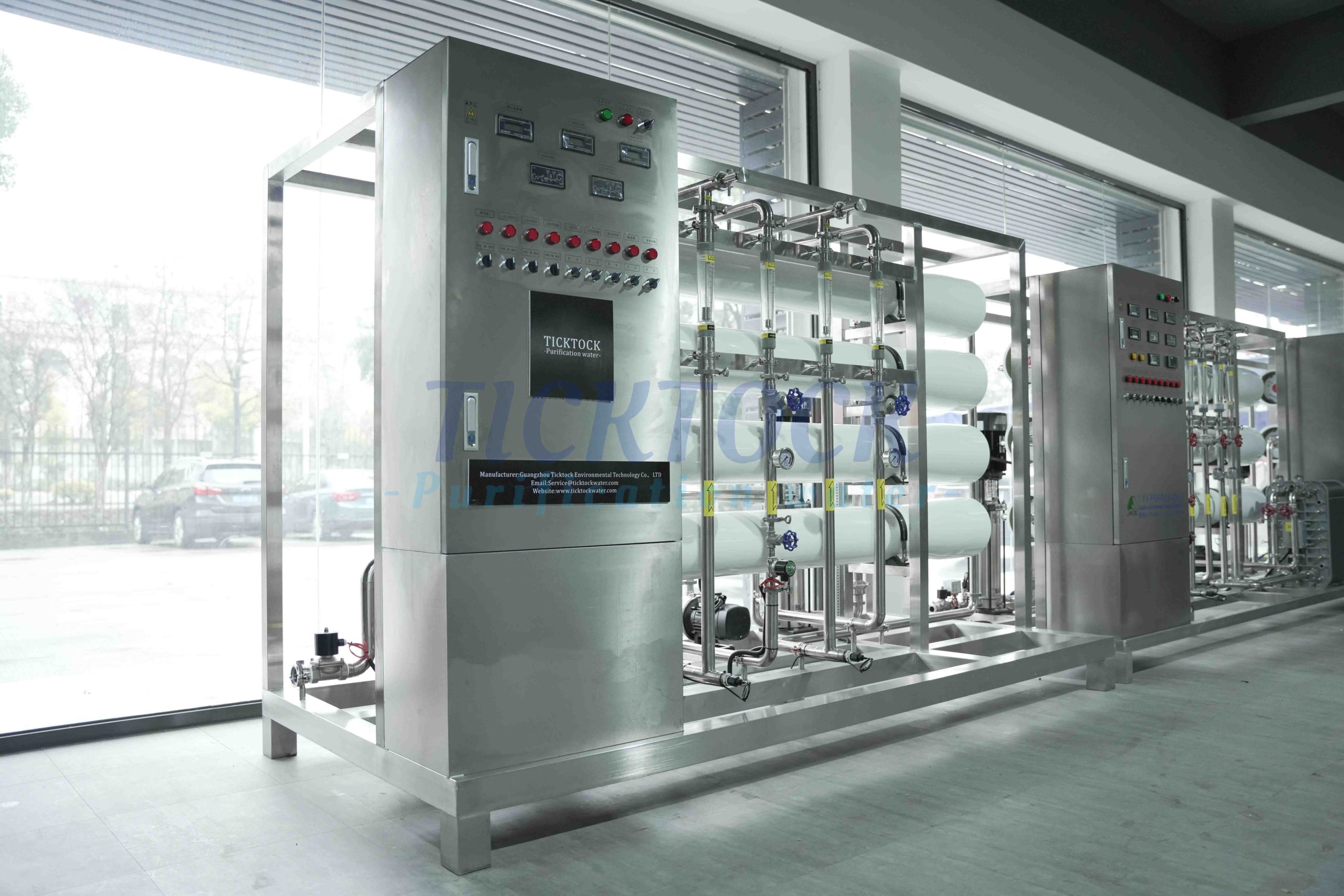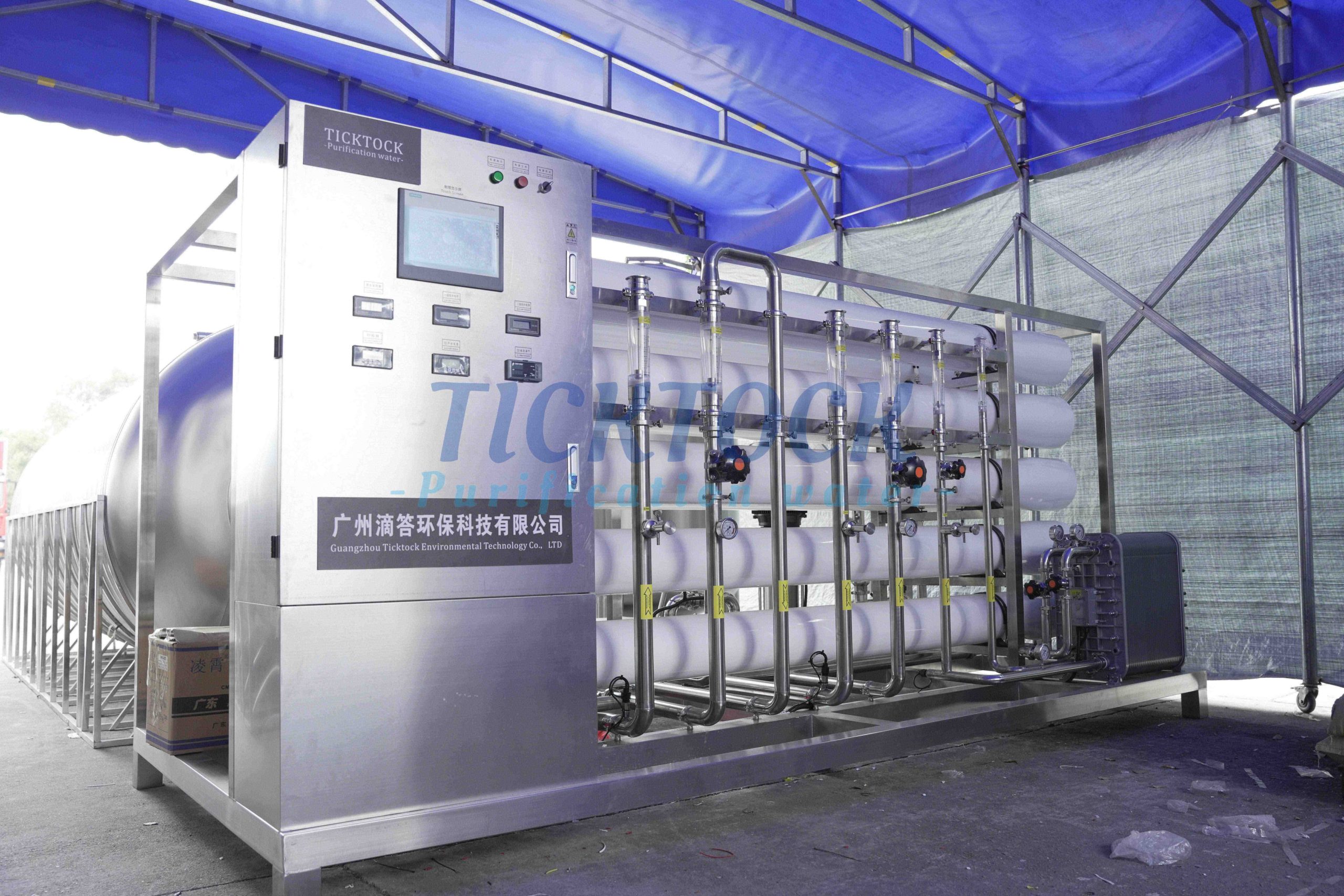As industrial water demand shifts toward high-purity and low-energy consumption, the competition and integration among reverse osmosis (RO), ion exchange (IX), and electrodeionization (EDI) have become pivotal in water treatment. This article analyzes their substitutive advantages from technical principles, operational costs, environmental compatibility, and application scenarios.
I. Technical Principles and Performance Comparison
1. Reverse Osmosis (RO)
– Core Mechanism: Selective permeation through semi-permeable membranes under high pressure (6–80 MPa), rejecting 95%–98% of dissolved salts, colloids, and microorganisms.
– Advantages: High adaptability to high-salinity feedwater (e.g., seawater), with single-pass desalination rates up to 99.7%.
– Limitations: Requires pretreatment to reduce turbidity (SDI<5), residual chlorine (<0.1 mg/L), and hardness (Ca²⁺<1 mg/L). Concentrate discharge needs additional treatment.
2. Ion Exchange (IX)
– Core Mechanism: Reversible ion adsorption-release via resin, achieving deep desalination through acid/base regeneration, with effluent resistivity up to 18 MΩ·cm.
– Advantages: High removal efficiency for low-concentration ions (e.g., SiO₂, TOC). Low initial investment, suitable for small-scale or intermittent production.
– Limitations: High consumption of acid/base (0.5–1.5 kg per ton of water), toxic wastewater, and short resin lifespan (2–3 years).
3. Electrodeionization (EDI)
– Core Mechanism: Combines electrodialysis and ion exchange for continuous resin regeneration under DC electric field, achieving >99.9% desalination without chemicals.
– Advantages: Fully automated, 90%–95% water recovery, zero chemical discharge, aligning with green manufacturing.
– Limitations: Strict feedwater requirements (conductivity<40 μS/cm, hardness<1 mg/L) and high capital costs.
II. Economic and Environmental Analysis
Metric RO IX EDI
Energy Use 3–10 kWh/m³ 0.5–1.5 kWh/m³ 0.5–2 kWh/m³
Chemical Cost Antiscalants Acid/base (high) None
Maintenance Membrane replacement Resin replacement Module replacement
EcoFriendliness Concentrate treatment Acid/base wastewater Zero chemical waste
Data indicate that RO-EDI hybrid systems outperform IX in total cost within 1–2 years. For example, an electronics plant replacing mixed beds with “dual RO + EDI” saved over $70,000 annually in chemicals and reduced wastewater by 80%.
III. Application Scenarios and Substitution Logic
1. High-Purity Water (Electronics/Pharma): Prioritize “RO + EDI” for continuous 18 MΩ·cm ultrapure water without regeneration downtime.
2. Low/Medium Salinity (Surface/Groundwater): IX remains cost-effective for small-scale (<10 m³/h) systems but requires wastewater treatment.
3. High Salinity/Complex Water (Seawaste/Industrial): RO as pretreatment with EDI for TDS>5000 mg/L challenges.
IV. Future Trends: Integration and Intelligence
1. RO-EDI Hybridization: Compact membrane stacks reduce footprint by 20% and energy use by 15%.
2. AI-Driven Optimization: Real-time monitoring of flux, pressure, and conductivity predicts cleaning cycles, extending equipment life by 30%.
3. Concentrate Valorization: Evaporation-crystallization and nanofiltration enable zero liquid discharge (ZLD).
Conclusion
RO dominates modern desalination with its efficiency, while EDI replaces IX in high-purity applications due to its sustainability. Under tightening environmental regulations, RO-EDI hybrids will lead industrial water purification, with IX retreating to niche markets. Innovation and system integration will define future competitiveness.

